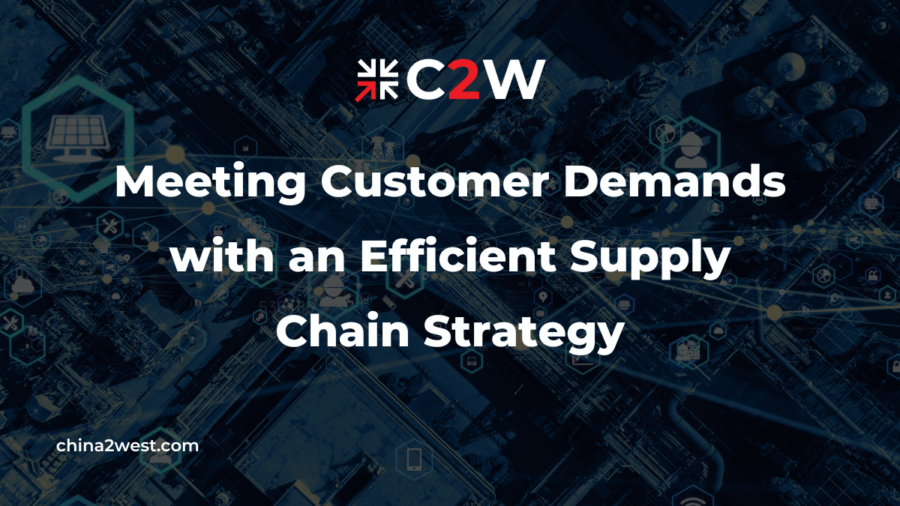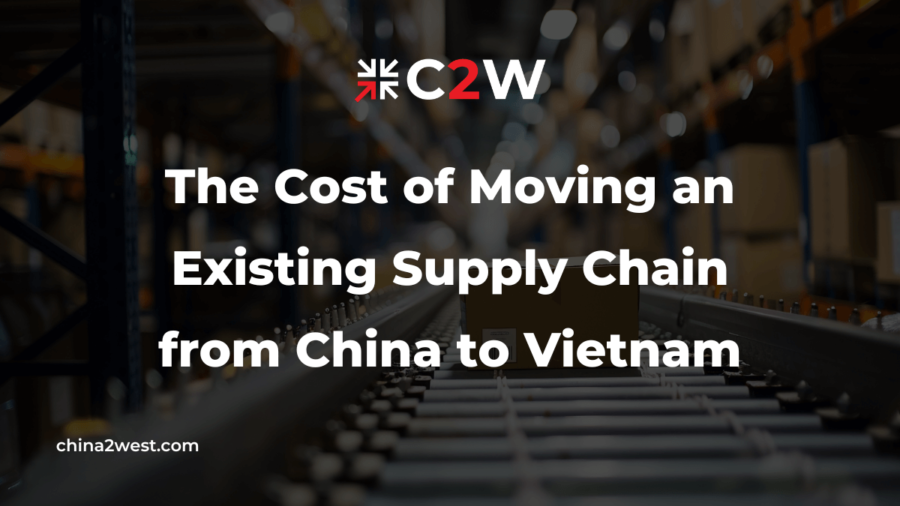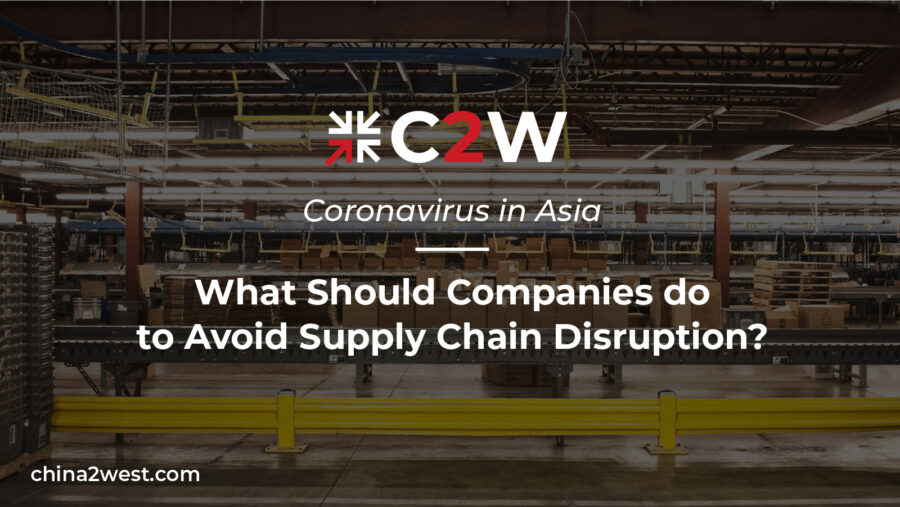Many people thought supply chain problems would die down after the COVID-19 pandemic. Unfortunately, this continued sense of disorder has continued well into 2023. As you can probably guess, these problems won’t go away this year unless we do something about it.
And for many businesses relying on complex logistics systems, this means adopting new, efficient supply chain strategies to meet customer demands. Unfortunately, coming up with these solutions on your own can often be a challenge, especially if you’re used to doing things one type of way.
So to help you think outside the box we’ll go over some ways to update your supply chain strategy so you’re not always struggling to keep up with demand.
Outsource Your Supply Chain Management
Unless you’re a huge corporation, you might find managing every aspect of your supply chain is simply too big of a task. This is especially true if your business doesn’t have a dedicated professional handling every aspect of it.
One solution is to outsource this management to a different company. However, many businesses are understandably hesitant to do this.
If a team is inexperienced or doesn’t have much in-depth knowledge of your industry it can result in huge problems. That’s why you should choose supply chain management services that deal with a wide variety of engineering disciplines.
You should have extensive meetings and interviews with each potential candidate so you know they’re up to the task of managing your supply chain.
We also recommend asking them what strategies they would employ to optimize your operations. This will give you a better sense of the benefits of supply chain management.
Increase Your Supply Chain Visibility
When it comes to your inventory levels, you cannot rely on guesswork. If you do, you’re going to be missing crucial items your customers come to you for. Many people think the solution is to increase inventory visibility at the stores and factories.
While this can be helpful, it’s not enough. You need to have proper visibility of your inventory across every aspect of your supply chain. That way, you know what’s coming and how soon you can expect it to get there.
One of the best ways to do this is to invest in inventory management software. This type of software gives you the ability to track your inventory in real-time.
That way you can avoid things like stockouts and backorders that affect your customer’s relationship with you.
Develop a Good Relationship With Your Suppliers
Many people think their relationship with suppliers ends once they strike up a good deal. However, that’s simply not the case.
You need to have an ongoing relationship with your suppliers to deal with the inevitable delays and shortages that will affect every manufacturing supply chain sooner or later.
So make sure you’re keeping in touch with your suppliers regularly, not just when something goes wrong. This is important for two main reasons. First, when something is delayed, they’ll be more willing to work with you to address the problem as quickly as possible.
Second, it allows you to come up with strategies together to prevent these problems in the first place. Of course, some suppliers simply won’t be open to these levels of communication.
If you notice these individuals are causing a lot of problems for your supply chain we recommend finding another one who’s willing to be more flexible.
Create an Efficient Supply Chain That’s Also Eco-Friendly
These days, more customers are becoming educated about the impact the supply chain has on our environment. Whether inefficient transit routes or excessive packaging that ends up in a landfill, many customers want to support businesses that prioritize eco-friendly practices in their supply chain strategies.
And we can only expect this trend to increase as the years go by. So consider partnering with companies offering SICO packaging. Not only is this better for the environment, but it also takes up less space so it can save you money on shipping costs.
You can also minimize unnecessary filler, use green materials, and plan shipping routes that avoid unnecessary detours.
Automate As Much As You Can
There are many aspects of a supply chain that can be handled by machines. Order processing, warehousing, and shipping are just some of the things that can be automated by investing in good software.
This is ideal for two main reasons. First, it reduces the number of staff you need which can save you money. Second, it reduces the likelihood of human error.
All it takes is one small mistake to cause huge ripples throughout the supply chain. By automating aspects, you reduce the chances of this happening.
Consider Adopting AI
Logistic companies go through massive amounts of data every day when they engage in supply chain planning. This includes small real-time data and big-picture matters that can affect demand forecasting.
Even if a human could go through every detail they likely still wouldn’t be able to predict every aspect of their supply chain process. That’s where AI comes into play. Because these algorithms can handle massive amounts of data they can more precisely predict potential market demands. This helps you create more specific inventory plans not just on a big-picture scale, but on a location-by-location basis.
Integrating AI into your supply chain strategy is indeed going to be costly. However, according to a poll, 70% of CEOs said this integration delivered a strong return on investment. As such, it’s at least worth considering.
Interested in Moving Production to China? Contact China 2 West Services
We hope this guide helped inspire some ideas for creating a more efficient supply chain strategy. Here at China 2 West Services, we know many businesses are interested in moving their operations to China, but worry about disruptions to their operations and supply chains.
That’s why we’ve mastered the art of this procurement and supply chain management transition. Our organized strategy ensures any disruptions are kept to an absolute minimum. So if you want to learn more about how we can help you, get in touch today.




